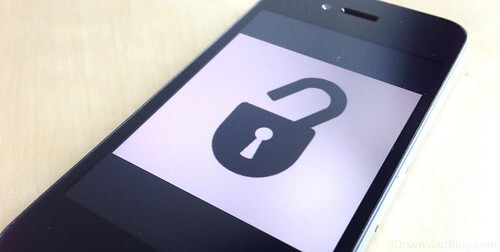
Google is updating their Google Smart Lock app to include iPhone users the ability to use their device as an encrypted security key, bypassing the need to receive one-time passwords over SMS (short message service.) Learn how to setup and activate this feature to keep your data extra secure.
Google recently updated their app to now include iPhone users the ability to use their phone as an encrypted security key. What does this mean?
Instead of receiving one-time messages on your phone when logging into services that detect a new location or require two-step authentication, the Google Smart Lock App will turn your phone into a security key itself.
Requirements
- You must have an iPhone 6 or newer for the feature to work.
- Only works with Google services, make sure you are using the latest version of Chrome.
- Turn on Bluetooth for both devices when setting up your iPhone (iPhone/iPad and the device you are trying to sign in with.
Setting up your Device
First, you will need to turn on two-step authentication within your Google Account. Log in and click on the dotted icon near your name and select Account to display your Account Settings page. Click on Security and there will be an option to enable two-step authentication. There will be step-by-step directions to complete the setup so that you can setup your iPhone or iPad device as an encrypted key.
Next, download the Google Smart Lock app onto your device. Then log into your Google account and follow the instructions to setup your iPhone or iPad. Go to Manage Accounts and select your security key account. Select Security > 2-step Verification > Second Step and you should see your device listed. If your device is not listed, select Add Security Key.
If Bluetooth is enabled on both devices and are within range of each other, you will be able to quickly verify your accounts. Your iPhone or iPad will now be able to authenticate your Google account when signing in from a new device.
Security Key – Cyber Security flickr photo by perspec_photo88 shared under a Creative Commons (BY-SA) license



